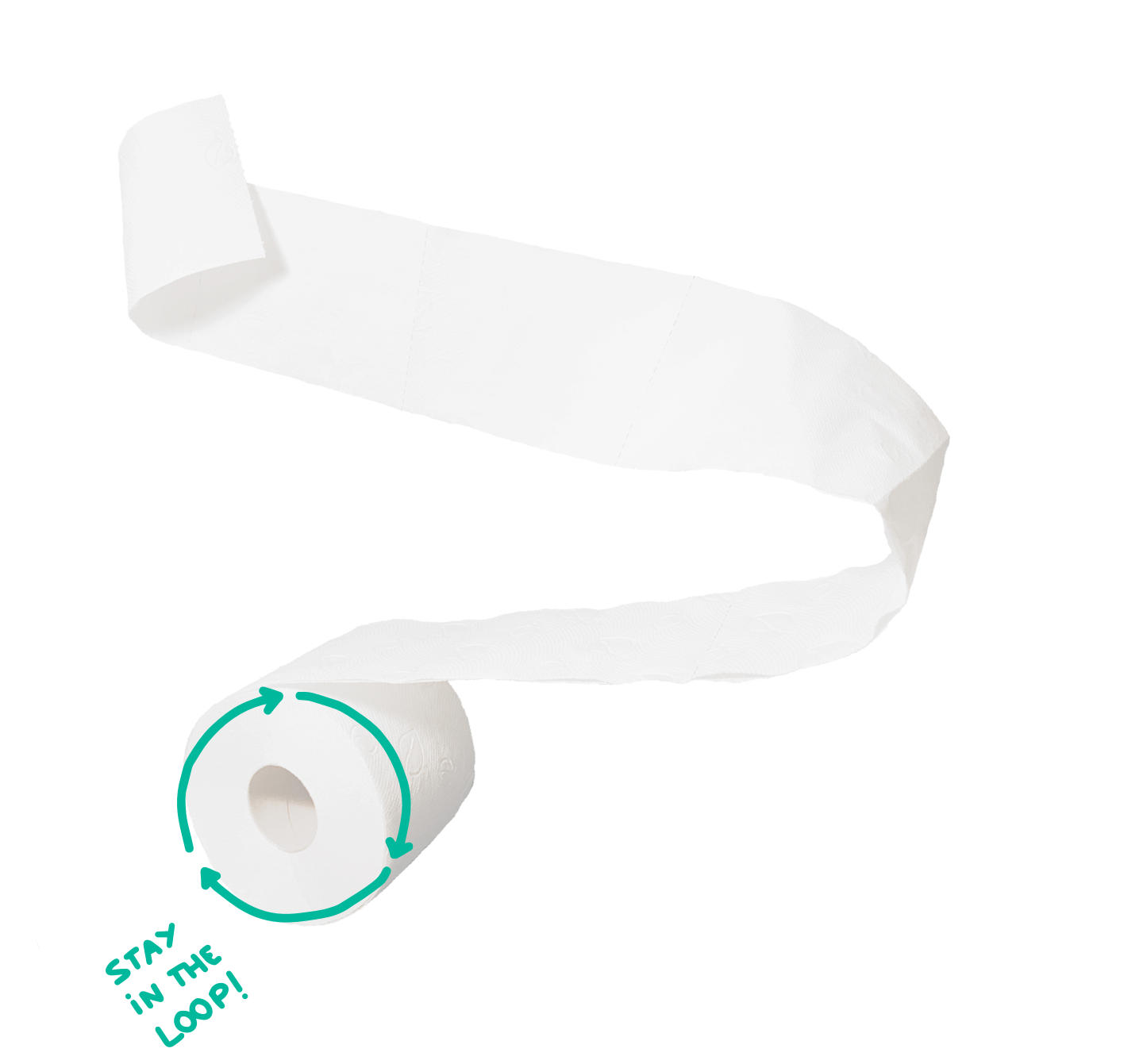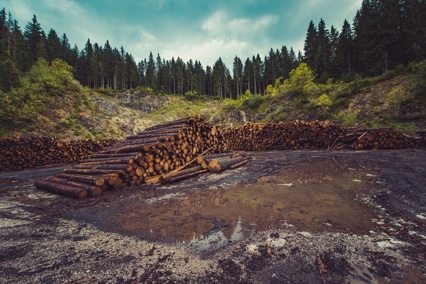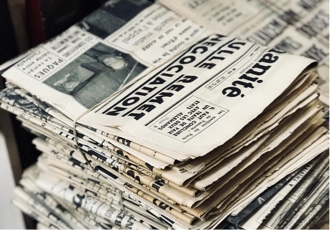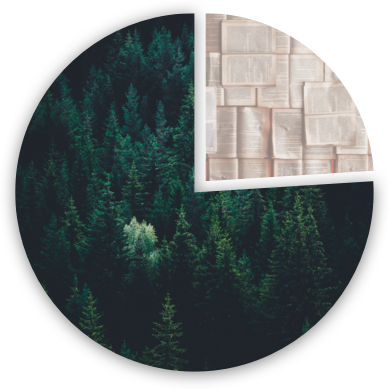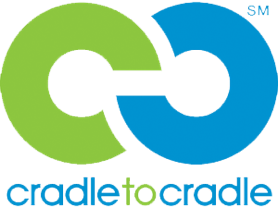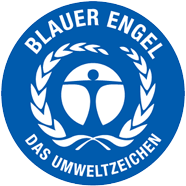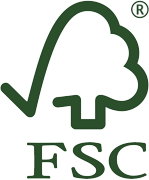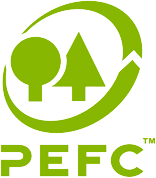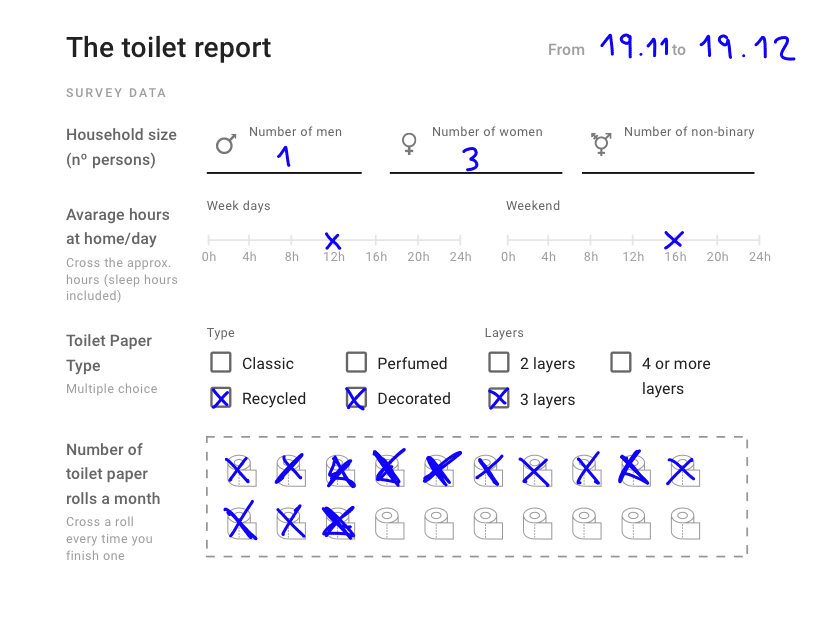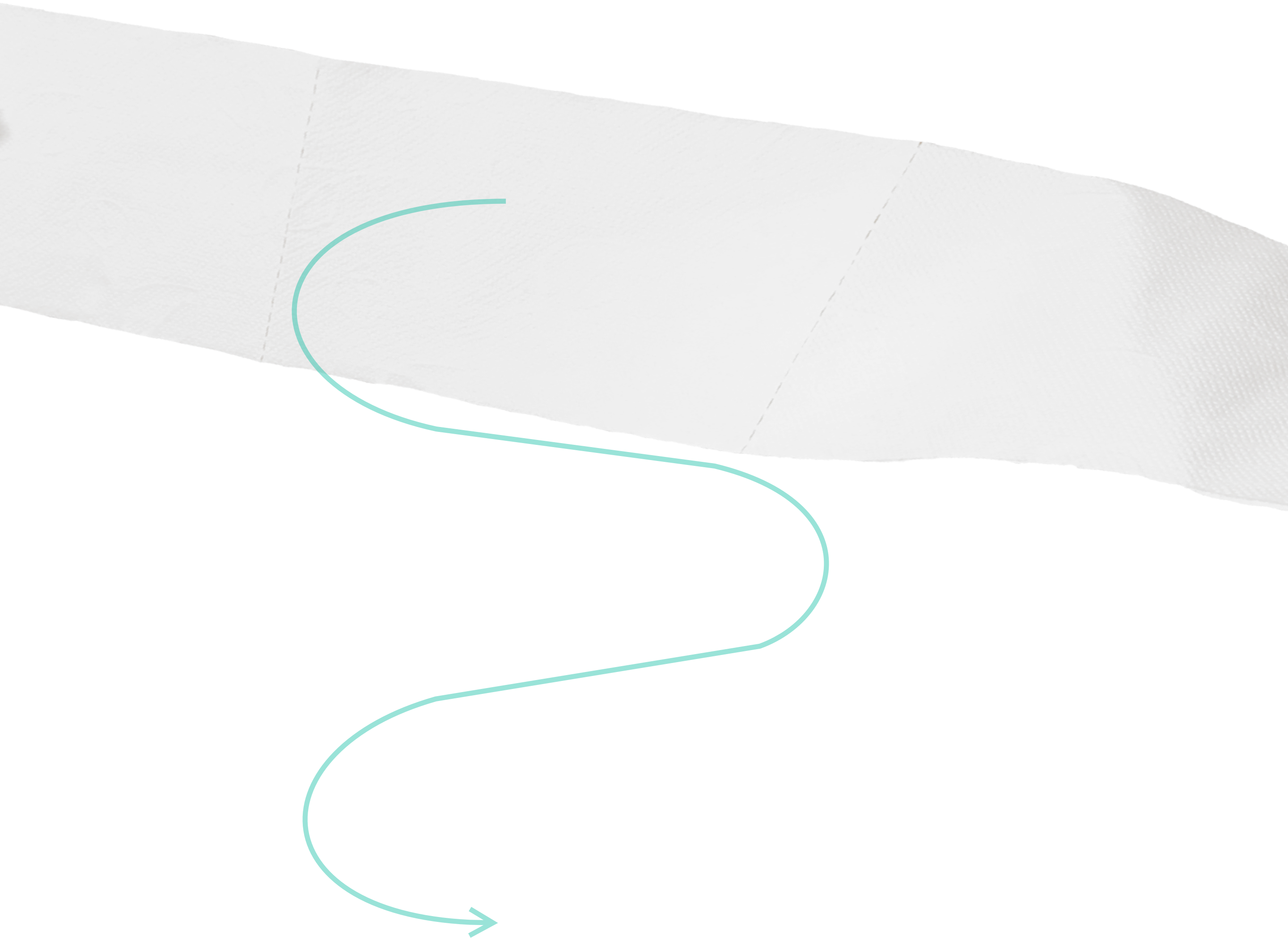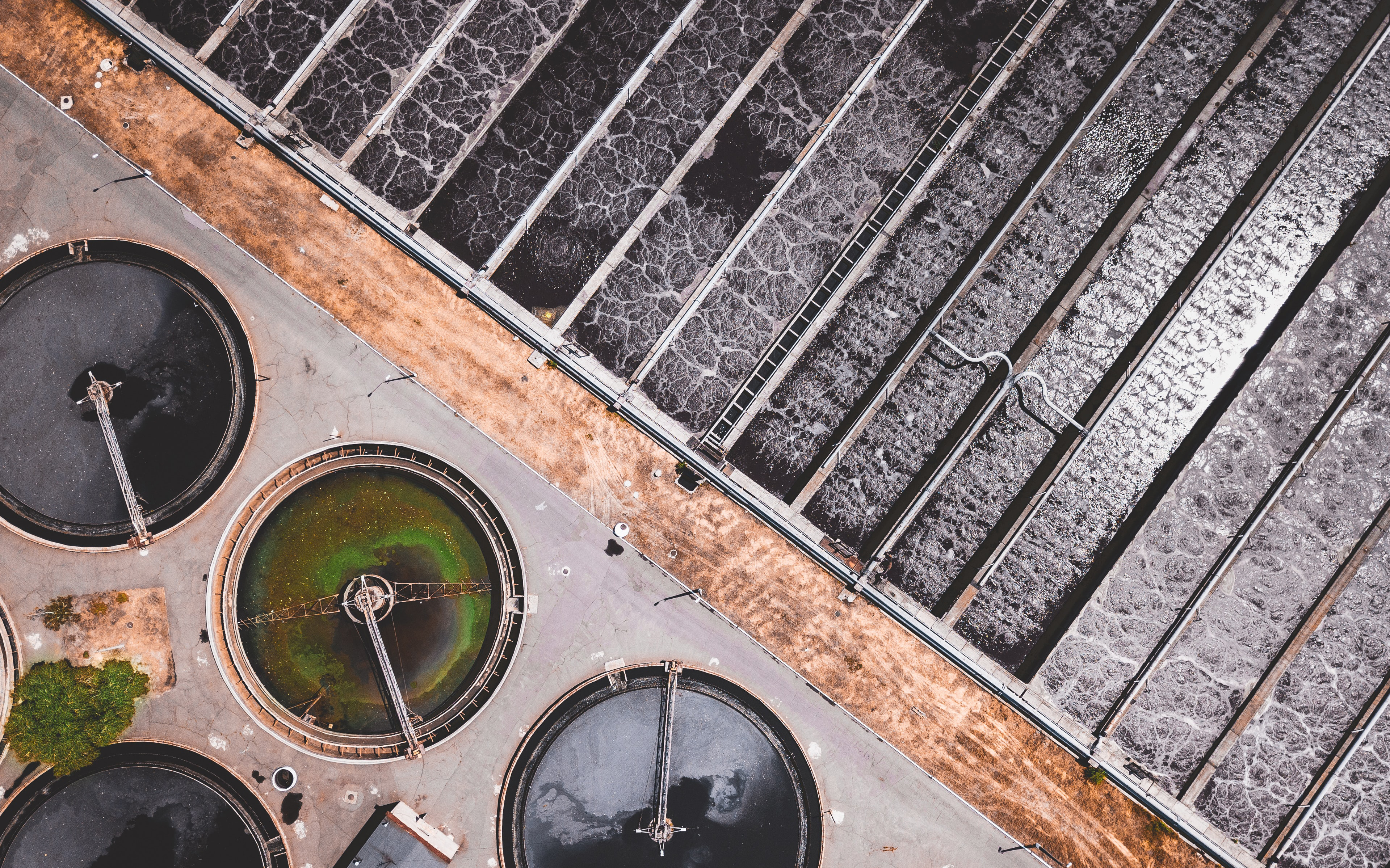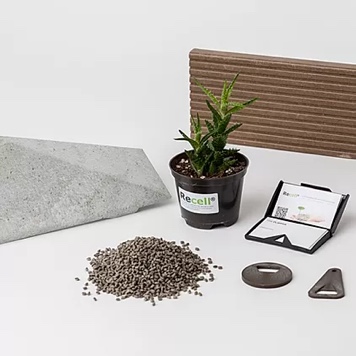The toilet report
The goal of the report is to reflect on our own toilet paper consumption as an example of a daily product that has a linear life cycle and we loose track of once we flush it. A limitation of the survey is that it only refers to domestic consumption (the toilet paper we use at work, university, school, etc. is not counted).
We asked 23 households to track their toilet paper consumption with the Toilet Report and found out that in average the reporters used three and a half toilet paper rolls a month. The answers we received ranged from 1 to 8 rolls a month, which could be explained by many factors, like the difference between the hours the reporters spent at home.
In the graphic, the y-axis shows the number of reporters (people participating). 48 people living in 23 households of different sizes took part in our survey. The x-axis shows their average consumption. Five reporters have used in average only one roll a month while three of them used 8. The majority of reporters, 13, used 3 toilet paper rolls during that month.
Due to the limitations of our survey and the small amount of answers, the Toilet Report was not representative but a tool for reflection. We were impressed with the feedback we got from our reportes, which expressed being more aware of their consumption thanks to the Toilet Report.
*The different result compared to the Statista analysis is explained by the fact that Statista probably starts from the sales figures. In contrast, we could only determine the consumption at home.
